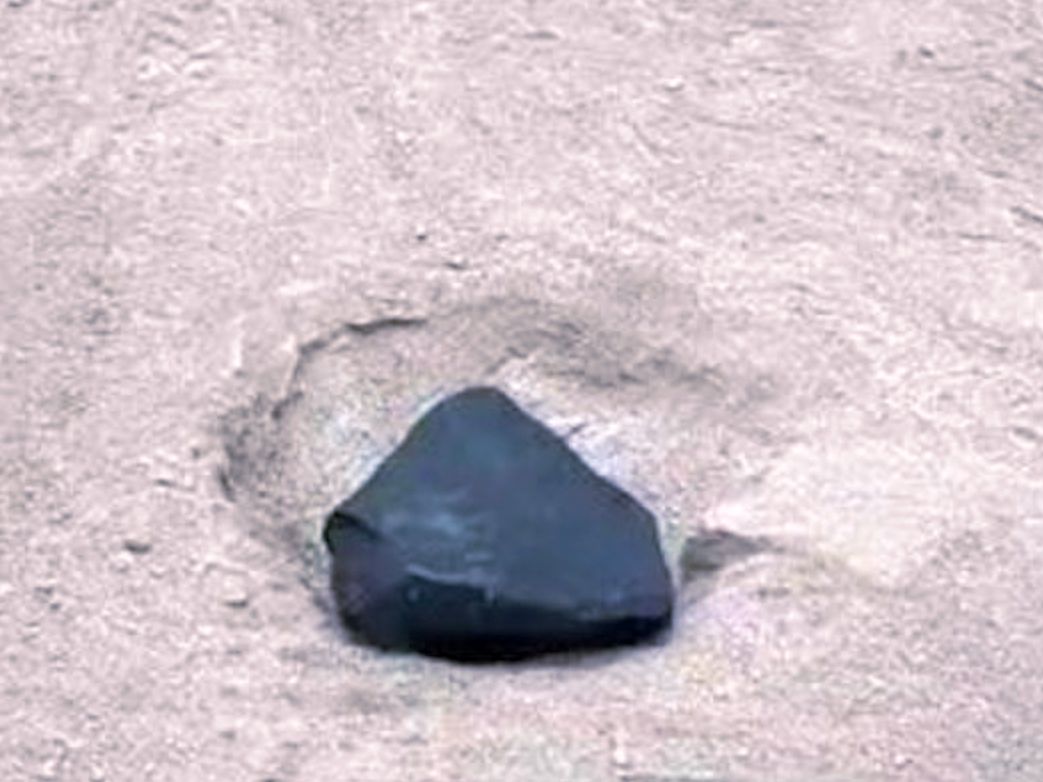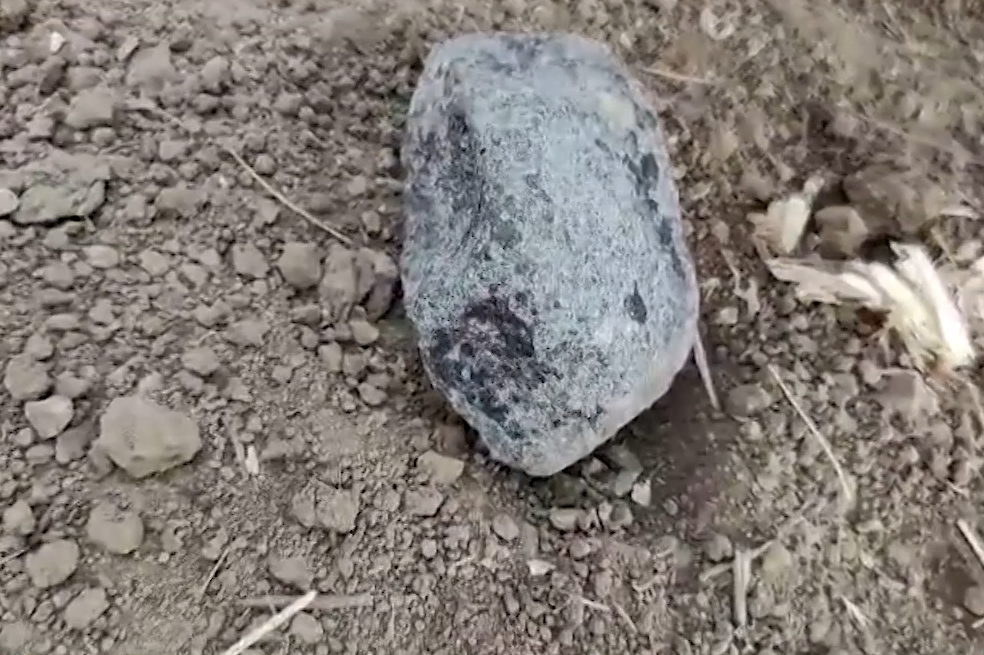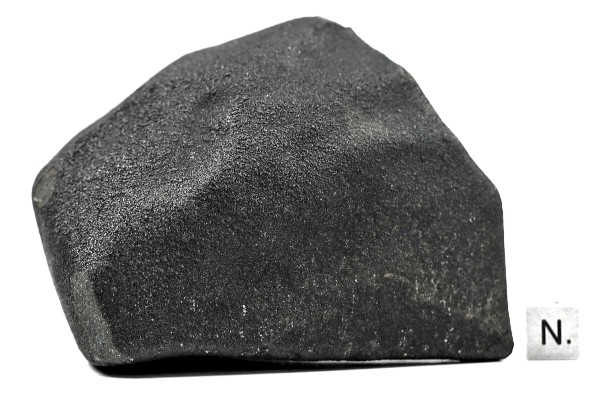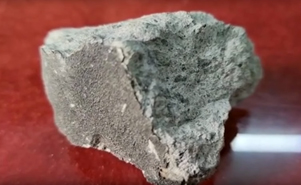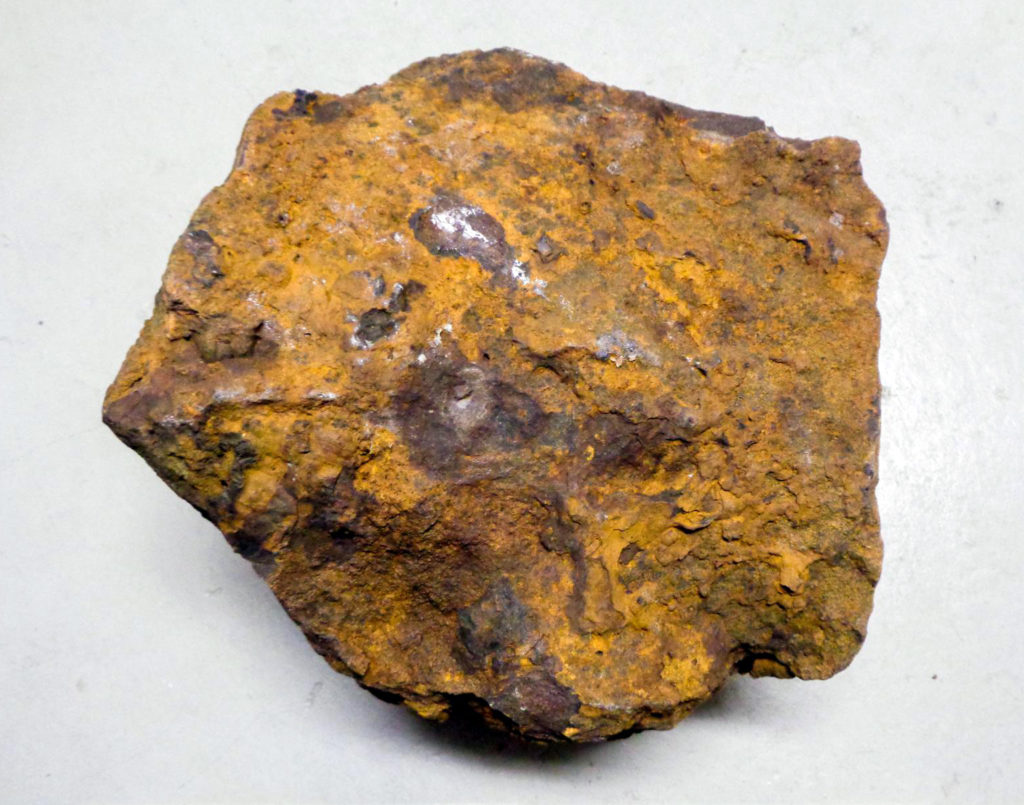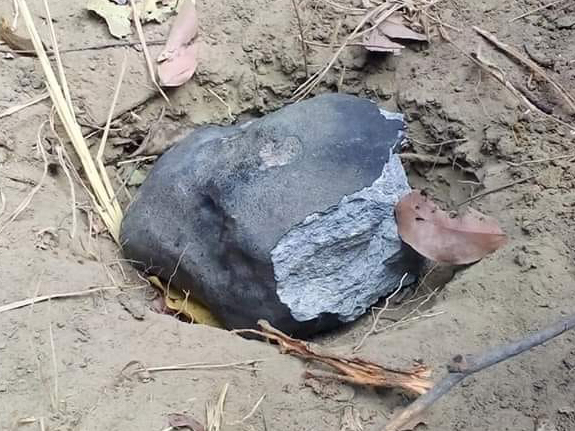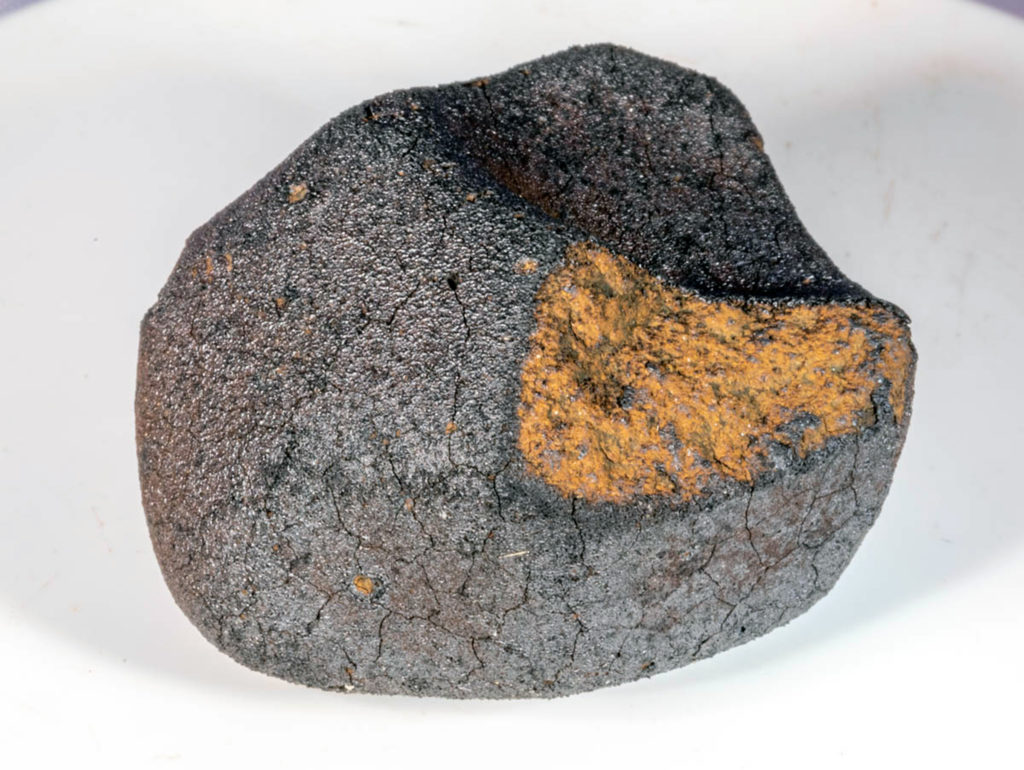Germanium isotope fractionation during evaporation from metal and sulfide melts: Implications for volatile element loss from planetary materialsOPEN ACCESS
Elias Wölfer, Christian J. Renggli, Christoph Burkhardt, Thorsten Kleine
Geochimica et Cosmochimica Acta
Available online 30 May 2025
“The Ge elemental and isotopic composition of planetary materials holds essential clues on volatile element fractionation processes in nebular and planetary environments. To facilitate the interpretation of natural sample data we report the results of an experimental campaign that quantitatively assesses the elemental and isotopic fractionation of Ge during evaporation from graphite saturated Fe metal and FeS sulfide melts. The experiments were run under reducing conditions both at atmospheric and low vacuum (∼0.001 bar) pressure and at temperatures between 1200–1600 °C. In general, evaporation of Ge increases with increasing temperatures, decreasing pressure, and in the presence of S. The residual run products become isotopically heavier with ongoing evaporation of Ge, yielding kinetic fractionation factors αk between 0.9940 and 0.9971 for the Fe melt degassing series performed under low vacuum and atmospheric pressure, respectively.
The experimental data are applied to investigate the role of planetary degassing processes for setting the moderately volatile element budget of non-magmatic iron meteorites. For this, new Ge concentration and isotope data for ungrouped iron meteorites of non-magmatic origin are combined with literature data for group IAB and IIE irons. We find that the large Ge isotopic variations (∼4‰) among variably Ge-depleted, non-magmatic iron meteorites are well explained by evaporative Ge loss from Fe metal or FeS sulfide melts at pressure conditions ≤ 1 bar. This supports models proposing an origin of non-magmatic iron meteorites by near-surface impact processes.”

